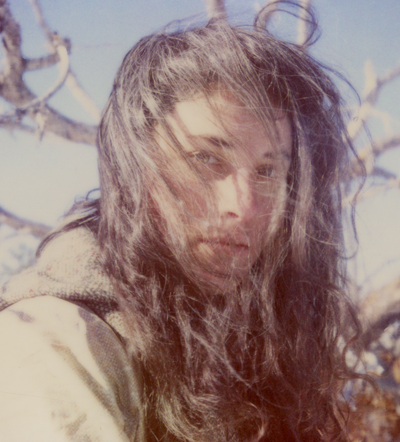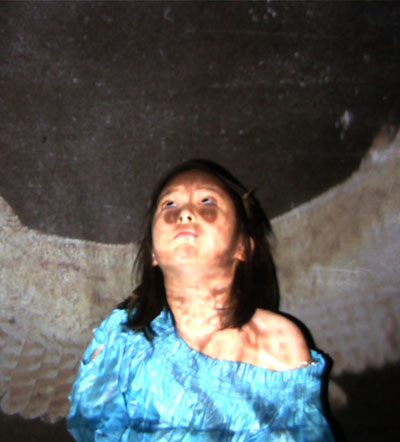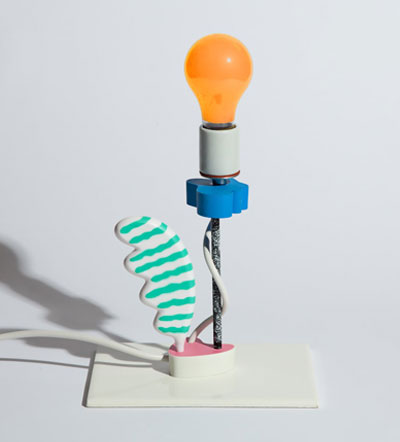
Courtesy of Peter Hay Halpert Fine Art
In 1999 Mikael Kennedy, then a 20-year-old college student, took his first cross-country trip with his thrift store-bought Polaroid camera in tow. This “exhilarating and at times terrifying” experience of living out of his car and “documenting anything and everything” via Polaroid would become both his way of life for the next 12 years and the subject of his epic series Passport to Trespass. In Kennedy’s Polaroids you see a young nomad exploring lush evergreen forests, dirt roads, cityscapes under the murky moonlight, deserts, and oceans. You also see his friends: bright-eyed and bold 20 somethings, living rough yet seemingly immersed in their present. In 2005, having accrued more than 1000 images, Kennedy created the acclaimed website to which he uploaded groups of photos arranged in chronological order. Their laconic titles and lack of description leaves context and meaning up to the viewer. The medium, however, of Polaroid film fosters intimacy— one sees Kennedy’s life as an open book.
Kennedy’s recent show at Clic gallery in New York titled Between Dog and Wolf culminated his series with a look at the tension between two worlds he’s come to know quite well: domestic and wild. PLANET spoke to Mikael Kennedy about his current state of transition.
Slideshow




 Facebook
Facebook Permalink
Permalink Digg
Digg Reddit
Reddit LinkedIn
LinkedIn StumbleUpon
StumbleUpon Tumblr
Tumblr


